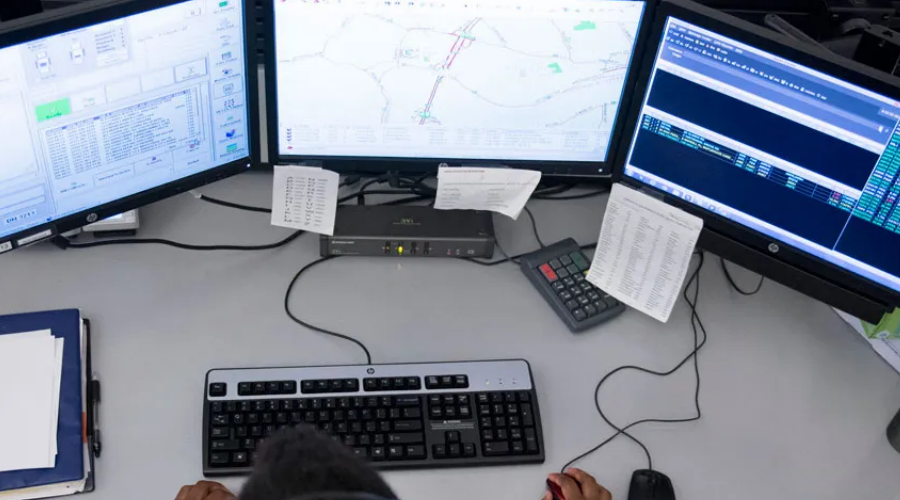Hight, whose company is developing infrastructure to support the new approach, says that starting this year, the FCC will require the nation’s leading cellphone providers to provide vertical location in addition to latitude and longitude when providing 911 information. It’s possible that in the not-too-distant future, mobile routing systems may become significantly more exact.
Hight said that this rule would help rescue workers find those who had dialed 911 by providing information about their exact elevation or floor. According to the results of several public safety experiments, “this technology has been found to boost reaction times by over 80%.”
Another potentially transformative innovation is the Real-Time Kinematic (RTK) system. The approach improves GPS accuracy by monitoring millimeter-wave signals sent by a phone.
With “RTK technologies evolving” and “RTK networks increasing” across the country, Marx explains, “people are looking for new methods to use these technologies while lowering battery drain,” which opens up even more possibilities.
A new mobile phone routing system that takes into account your precise position will soon make it easier for emergency personnel to find you in an urgent situation.
AT&T is the first major US provider to implement this technology for all emergency calls. It’s designed to determine a user’s precise location using GPS and then forward any wireless 911 calls to the appropriate 911 call centers.
According to AT&T’s assistant vice president for federal regulatory, external, and legislative affairs, Joe Marx, “when people call 911 from their wireless device, emergency services can locate the call faster and more accurately and route it to the appropriate 911 call center for emergency response.” Marx also noted that “a wireless call can be located and routed within 50 meters using location-based routing.”
Rapid Response Times
Prior to this, Marx claims, emergency calls were directed depending on the location of cell towers, each of which may serve an area up to ten miles in diameter. In regions where state, county, or municipal borders overlap, this antiquated system may slow down emergency response times.
A 911 call can be located and routed up to 176 football fields away, but location-based routing cuts that down to about half a football field. “When location-based routing is implemented, the general public will not notice a difference.” “When an emergency occurs and they dial 911, however, the technology behind the scenes will work faster and more correctly than before,” Marx said.
Marx claims that improved 911 dialing capabilities for mobile phones are a pressing need. Sixty-eight percent of U.S. households do not have a landline as of 2015. At the time that AT&T and the FCC were working together to develop the initial 911 systems, more than 50 years ago, communication via landline phones was the norm. However, a recent study found that 80 percent of 911 calls are made from mobile devices.
AT&T said that the nationwide rollout will be finished by the end of July. Providing a location-based 911 system isn’t the first of its kind. T-Mobile, for one, has adopted a similar tactic on a more local level. T-Mobile claims that the new technology has resulted in a 40% nationwide decrease in call transfers.
“Our sophisticated LTE and countrywide 5G network positions us better than any other operator to transmit emergency calls to Next Generation 911 services faster and more precisely,” said T-VP Mobile’s of technology, Neville Ray, in a statement. “That will, in a nutshell, make people safer.”
This rule will make it easier to find people who have called for help in an emergency by letting responders know exactly what floor they are on.
The bulk of service providers currently direct 911 calls depending on the location of the calling party’s cell tower. On the other hand, Dan Hight, v.p. of business development and alliances at NextNav, wrote in an email to Lifewire that the current method “may be fairly imprecise” and that calls are sometimes routed to the wrong Public Safety Access Point (PSAP). He pointed out that, unlike before, calls to 911 can now be routed based on the caller’s actual x and y coordinates rather than their proximity to a cell phone tower.
According to a press statement from the county’s 911 director, Kurt Mills, the new system has been put through its paces in Snohomish County, Washington. Mills said, “We know that 911 transfers cause delays in emergency treatment, and our community is the loser here.” “We share a busy border with King County and are glad about the large drop in 911 transfers.”





